Simple Ways To Encourage Hamster Exercise
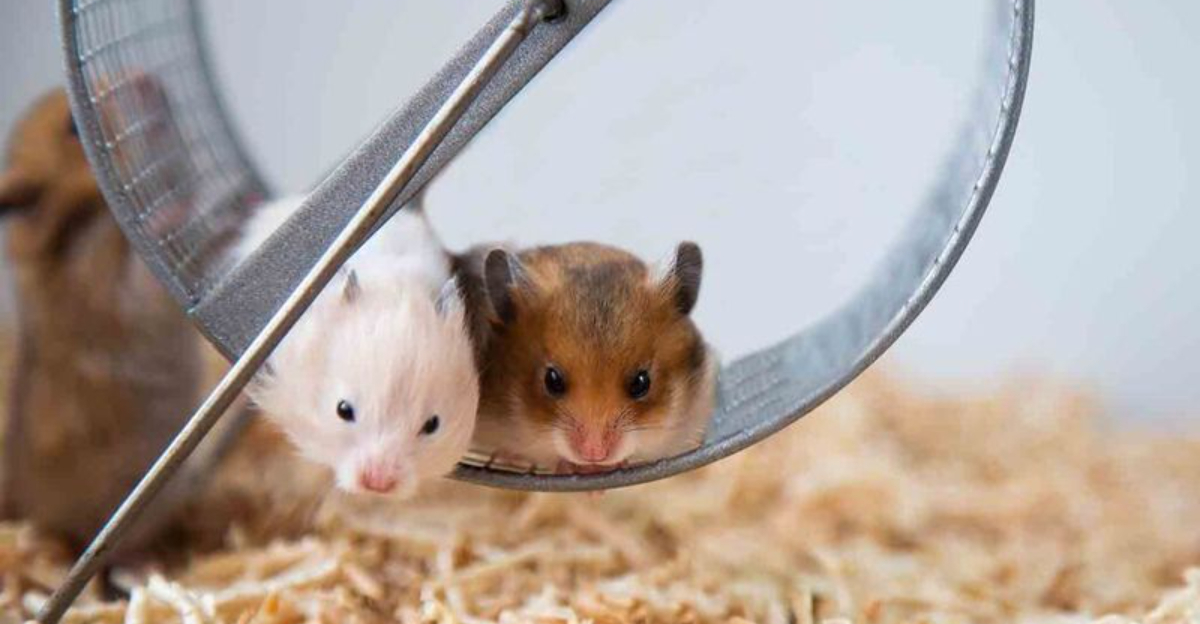
Ever watched your fuzzy little friend snoozing all day and wondered if they’re getting enough exercise? Just like us, hamsters need regular activity to stay healthy and happy. Without proper exercise, these pocket-sized pets can become overweight, stressed, or even develop health problems.
Here are some fun and easy ways to get your hamster moving!
1. Maze Madness

Transform cardboard tubes into an exciting maze system. Connect toilet paper rolls, paper towel tubes, and small boxes to create a hamster obstacle course.
Sprinkle tiny treats throughout to motivate exploration. Your curious critter will burn calories while satisfying their natural instinct to explore tunnels and hidden spaces.
2. Balancing Bridges

Wooden bridges add vertical dimension to your hamster’s habitat. These structures encourage climbing, balancing, and exploring different levels.
Start with lower bridges before introducing higher ones. Watch your little acrobat develop confidence and coordination while strengthening those tiny muscles. Many pet stores sell these, or you can craft simple versions at home.
3. Exercise Wheel Adventures
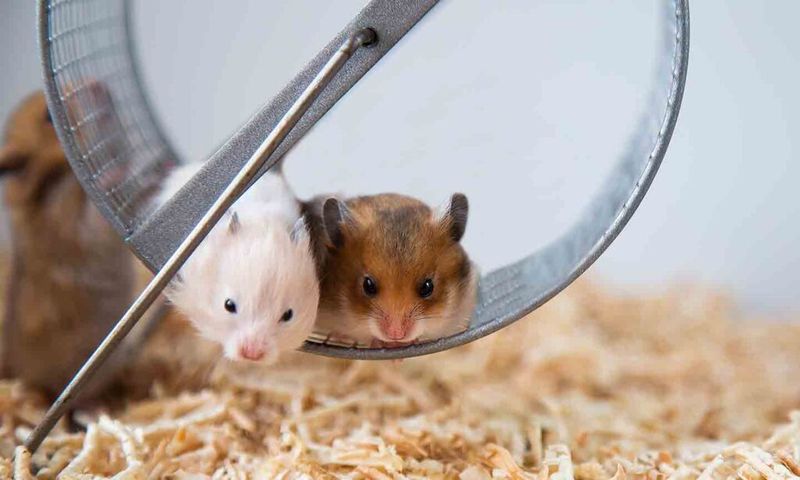
A quality wheel is your hamster’s personal treadmill. Look for one with a solid surface (not bars) to protect those tiny feet.
Size matters – Syrian hamsters need at least 8 inches in diameter, while dwarfs need 6-7 inches. The gentle whirring of a spinning wheel at night means your pet is staying fit!
4. Treat Ball Challenges

Hollow plastic balls with treat-dispensing holes turn snack time into workout time. Fill with small seeds or bits of veggies that fall out as your hamster pushes the ball around.
The scent of food motivates even the laziest hamster to get moving. This mimics natural foraging behavior while providing both mental and physical stimulation.
5. Playpen Exploration
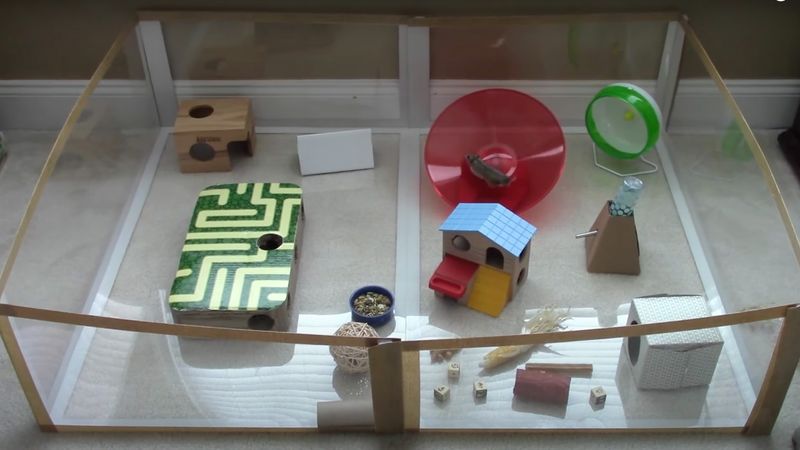
Set up a secure playpen area on the floor where your hamster can roam under supervision. Scatter toys, tunnels, and hiding spots throughout the space.
Fifteen minutes of free-range time daily works wonders for physical health. Remember to hamster-proof the area – these escape artists can squeeze through tiny gaps!
6. Climbing Ladders

Wooden ladders provide excellent climbing exercise that strengthens leg muscles. Position them at different angles throughout the cage to create varying difficulty levels.
Some hamsters will zoom up and down like little firefighters! Others might need encouragement with a treat at the top. Either way, ladders add valuable vertical exercise space in limited cage environments.
7. Dig Box Delight

Fill a small container with clean, chemical-free soil or coconut fiber substrate. Hamsters naturally love to dig, and this provides both entertainment and exercise.
Hide treats throughout the dig box to encourage thorough exploration. The digging motion works different muscle groups than running does, giving your pet a more balanced workout routine.
8. Tunnel Systems
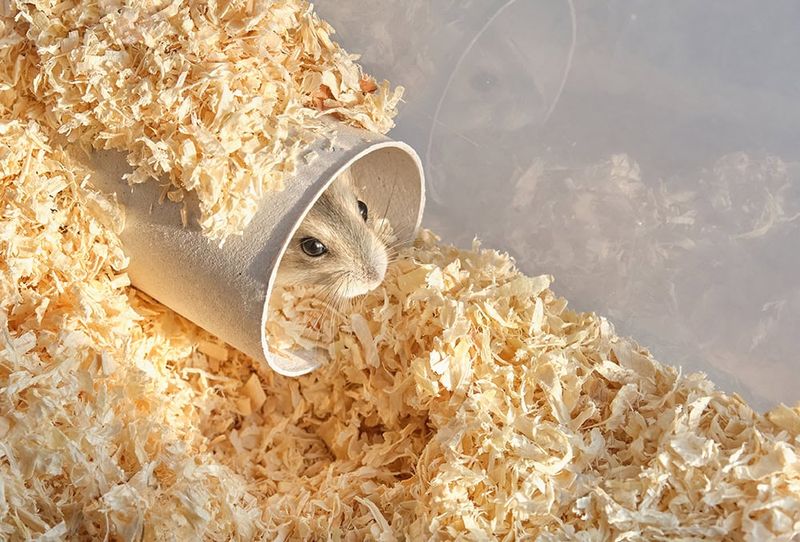
Plastic tunnels mimic burrows that hamsters would create in the wild. Connect multiple pieces to form an elaborate system throughout the cage.
Clear tunnels let you watch your pet scurrying through their personal highway system. The tight spaces provide resistance as they move, creating a more intense workout than open running.
9. Hamster Ball Excursions

Exercise balls allow supervised exploration beyond the cage. Choose one that’s appropriately sized – too small and your hamster will arch their back uncomfortably.
Limit ball time to 15-20 minutes to prevent overheating or stress. Always supervise to prevent accidents with stairs or other pets. These rolling adventures provide novel stimulation while building endurance.
10. Rotating Toys Regularly
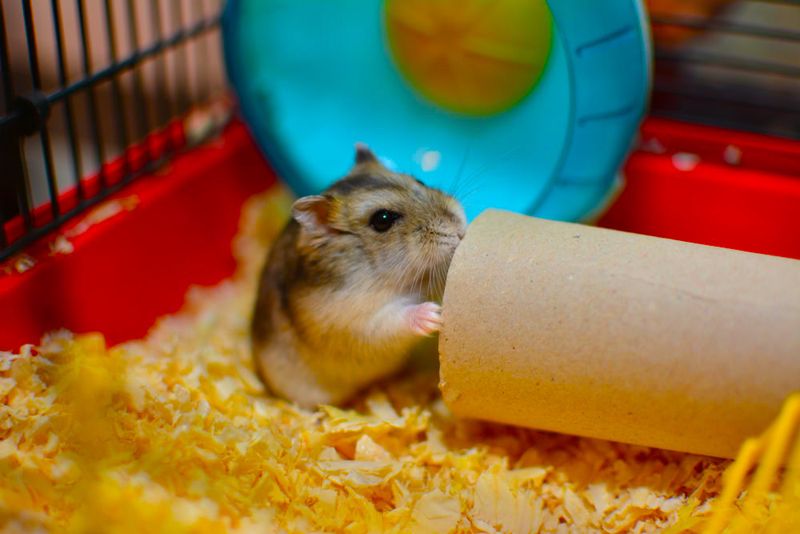
Hamsters quickly grow bored with the same environment. Create a toy rotation system, introducing new items weekly while removing others temporarily.
This simple switch makes familiar toys exciting again when reintroduced later. Fresh scenery triggers curiosity and exploration, naturally increasing activity levels without requiring any special equipment.
11. Tissue Box Hideaways
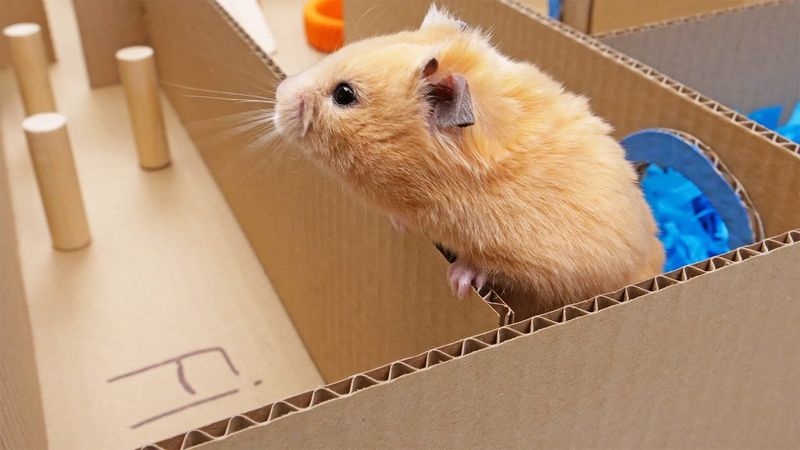
Empty tissue boxes transform into perfect hamster playhouses. Cut multiple entrances and exits to create a maze-like structure they’ll love exploring.
Remove any plastic film and ensure there are no sharp edges. Your resourceful rodent will spend hours investigating this new territory, climbing in and out through different openings while getting plenty of exercise.
12. Scatter Feeding Strategy
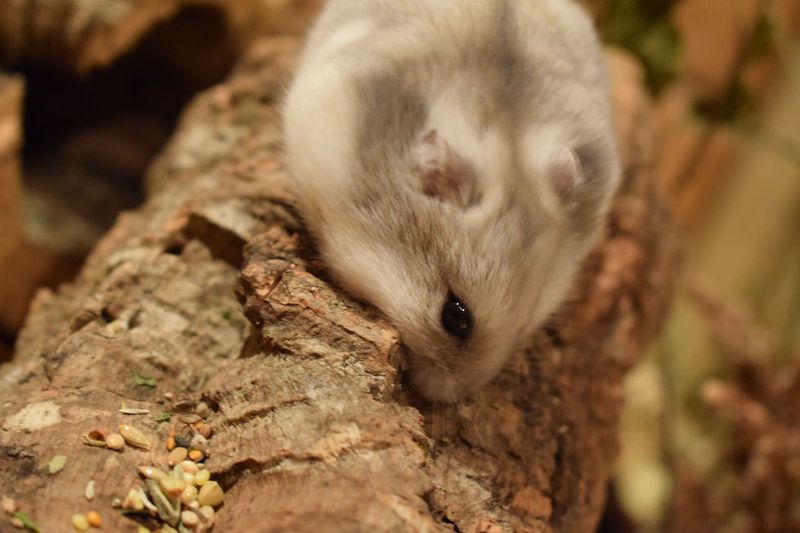
Ditch the food bowl occasionally! Sprinkle food throughout the bedding to encourage natural foraging behaviors.
Hamsters in the wild spend hours searching for food. This simple technique transforms mealtime into exercise time as your pet digs, searches, and explores to find every last seed. It’s mentally stimulating too!
13. Chew Toy Workouts
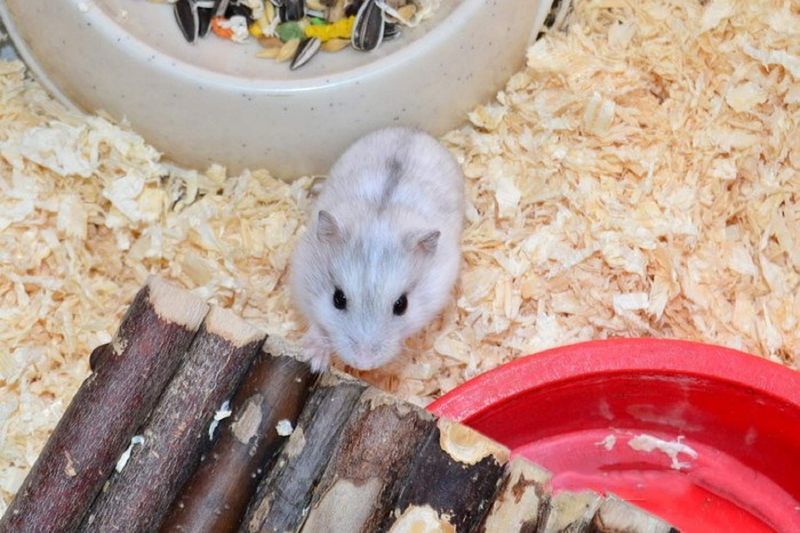
Gnawing isn’t just for dental health – it’s exercise too! Provide a variety of untreated wooden toys specifically designed for small pets.
The physical effort of chewing works jaw, neck, and shoulder muscles. Look for toys that require different positions to access – reaching up, balancing, or holding with paws. Apple branches and untreated pine make excellent natural options.
14. Bedding Depth Challenges
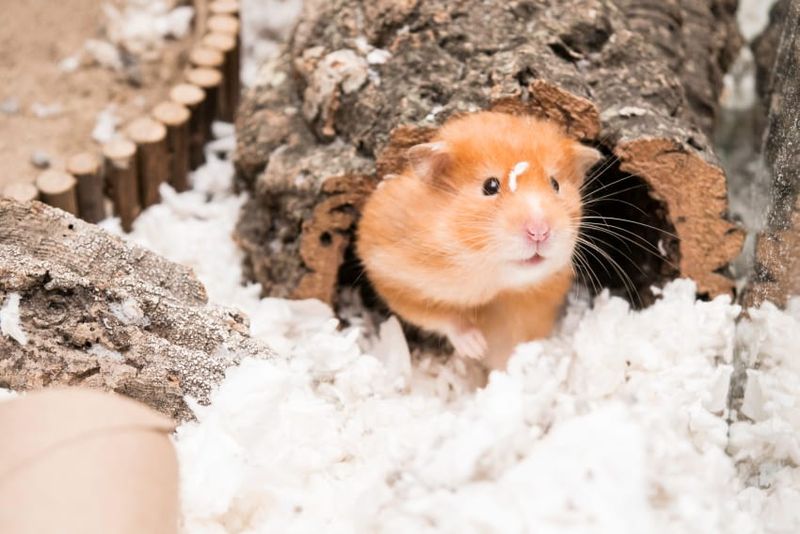
Deep bedding (4+ inches) creates a natural gym for your hamster. They’ll tunnel, dig, and build nests, getting plenty of exercise in the process.
Paper-based beddings work best for deep setups. The resistance of pushing through thick substrate provides more physical challenge than shallow bedding. It’s like the difference between walking on pavement versus trudging through snow!






